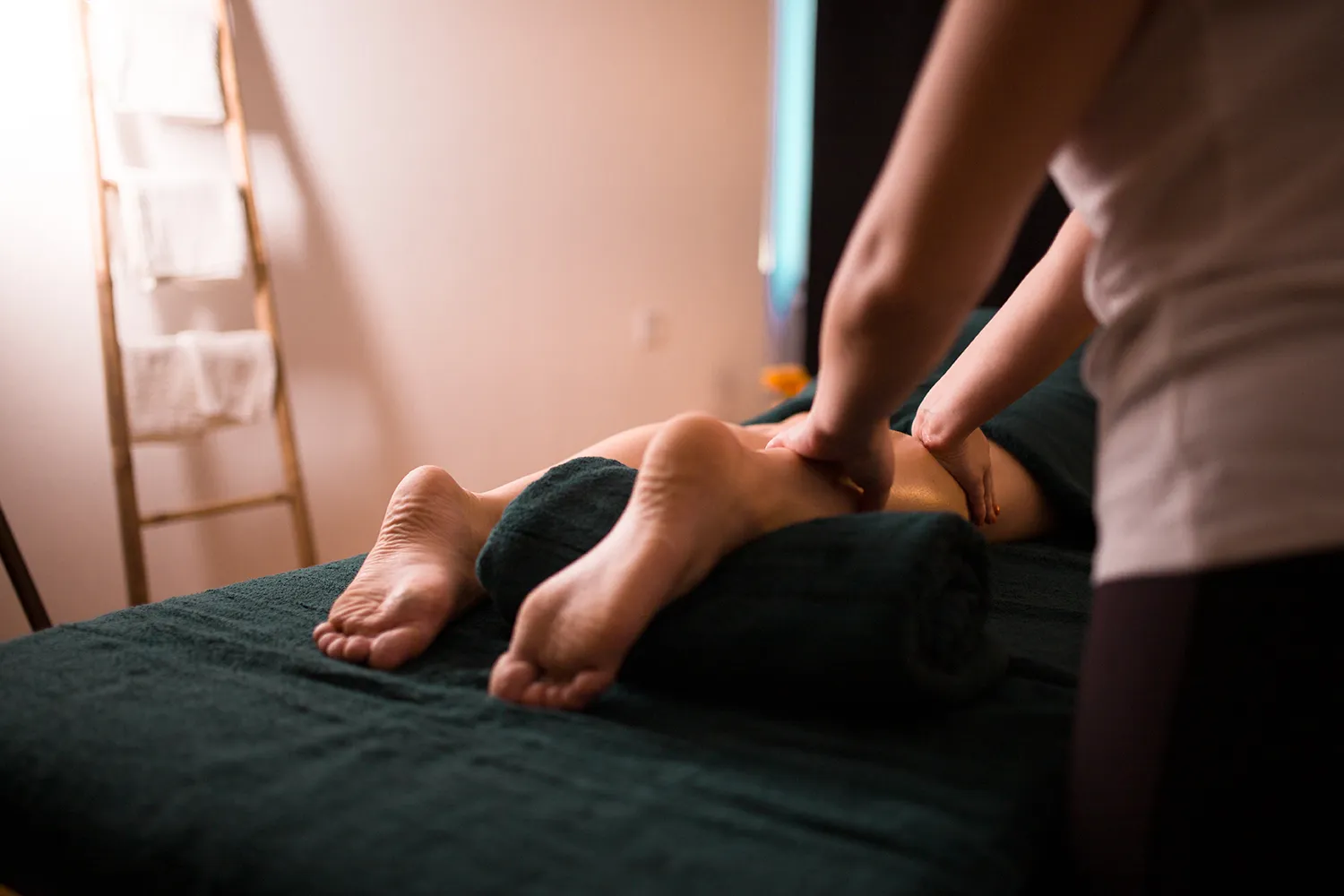Rehabilitation is a collaborative process between therapist and patient that considers the whole person, incorporating the physical, emotional, psychological and environmental.
Too often, the rehabilitation approach used by many medical practitioners and therapists is one of the therapists imposing their expertise on the patient. This approach misses the opportunity for therapist and patient to collaborate in a relationship of discovery and learning that allows room for new therapeutic possibilities to emerge. Rarely does a rehabilitation challenge present with issues in only one area. It is almost always a combination of:
- The Physical – This can include soft tissue trauma/restrictions and strength/flexibility/movement issues.
- The Psychological – A patient’s fear, beliefs, understanding and preconceptions significantly impact rehabilitation progress.
- The Emotional – A patient’s emotional connection to movement and physical trauma can profoundly impact healing and recovery.
- The Environmental – Everything from the work environment to the type of sports and gym equipment used can also be a significant factor.

The physical aspect of rehabilitation encompasses both acute and chronic soft tissue injuries, movement dysfunction, proper biomechanics, and strength and flexibility imbalances. Treatment of the physical aspect of rehab may involve direct manual soft tissue therapy (massage, neural and visceral manipulation), neuromuscular training, and strength and flexibility training. Evolved and sophisticated physical therapy, whether in the form of manual techniques or exercise and movement, is less about imposing the therapist’s will and ‘expertise’ on the patient and more about the therapist having a collaborative conversation with the patient’s nervous system.
The psychological aspect of rehabilitation encompasses beliefs, fear, movement preconceptions, attitudes towards training, and the psychological impact of trauma. The psychological is intimately connected to the physical and can often be the key to unlocking the latter. An important example of this intimate connection is the principle of first training at a very low load. The body has its own intelligence and will avoid exploring new movement patterns if introduced at high load or intensity. For the nervous system to have a chance to adapt, a new movement must first be introduced at a very low load and then only gradually increased once competence has been achieved.
Therapists throughout the healthcare industry widely ignore the emotional component of rehabilitation. We each have a highly personal and individual relationship with our bodies and the movement they perform for us. Careful use of language and metaphor is essential for respecting this relationship and creating cues and explanations that are both meaningful and supportive to the patient.
The environmental impact on injuries is rarely considered. However, the environment we work and train in can significantly impact our body’s health and function. Common examples of this are the way a workstation is set up in an office, the type of footwear used by a distance runner, the level of lighting used in training vs performance for a dancer, or the type of equipment used during strength training for an athlete preparing for an event. Inadequate equipment and an improper training environment that is not functionally relevant to the task being prepared for can profoundly impact the body’s ability to function optimally, which no amount of manual soft tissue treatment or corrective exercise will fix.